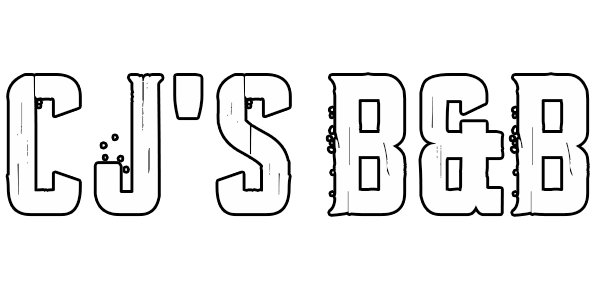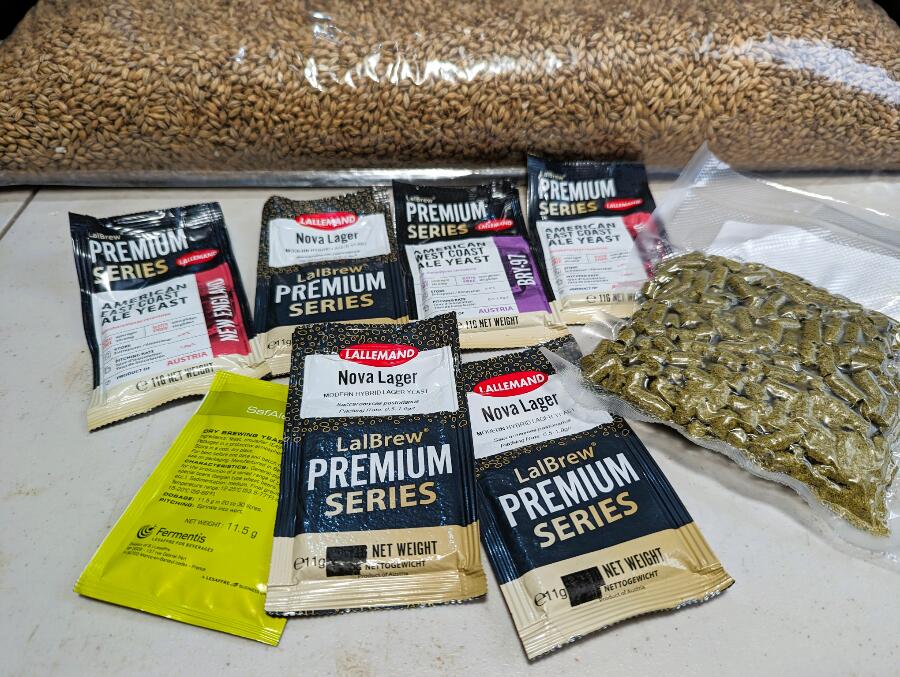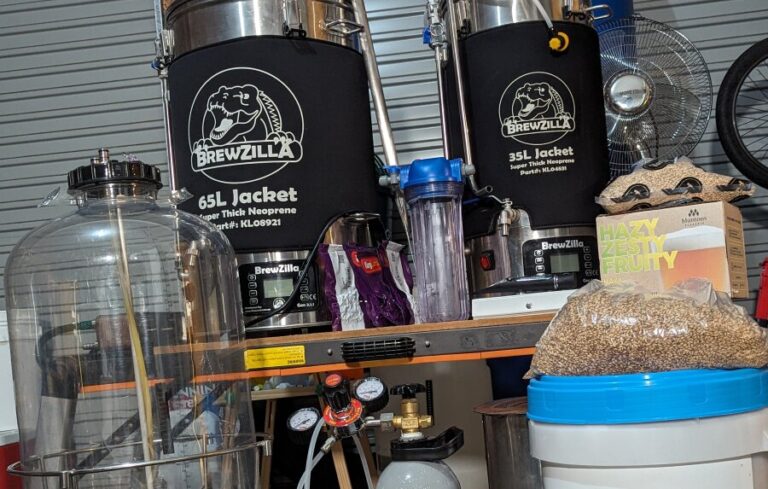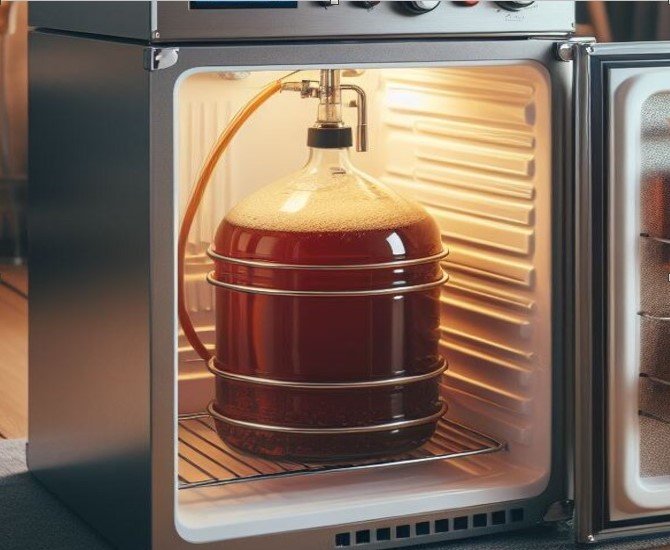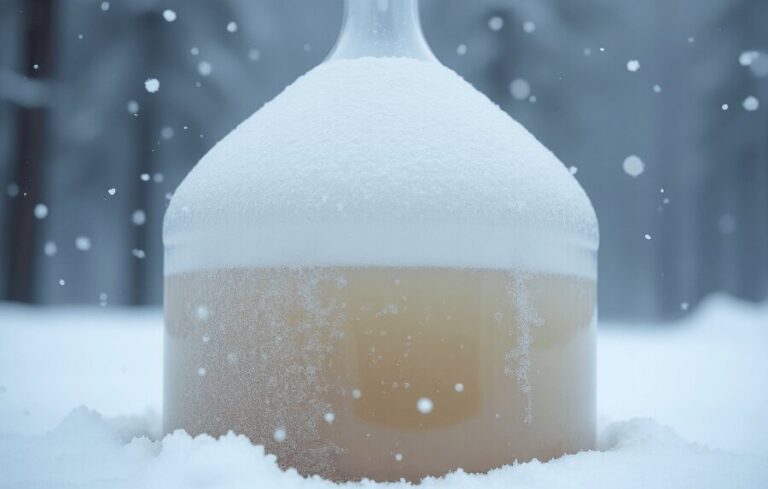Our evaluations and product assessments are conducted using a thorough and unbiased approach. Should you choose to buy any items through our provided links, we might receive a commission Read our disclosures.
Beer brewing is an art that combines science, creativity, and a love for all things hoppy. Whether you’re a seasoned home brewer or just dipping your toes into the frothy waters, selecting the right beer recipe is crucial. In this guide, we’ll walk through the process of choosing a home brewing beer recipe that suits your taste buds, brewing equipment, and desired outcome.
Introduction
Choosing a beer recipe is identical to selecting the right ingredients for a gourmet meal. It sets the stage for your brewing adventure, determining whether you’ll end up with a crisp lager, a robust stout, or a zesty IPA. Let’s take a deep dive into the fundamentals of beer recipe selection.

Understanding Beer Styles & Flavour Profiles
Beer, that golden elixir, has been captivating taste buds for centuries. From ancient monasteries to bustling pubs, it has woven itself into the fabric of human culture. But what exactly makes a beer taste the way it does? Let’s explore the seven distinct flavour categories that define this beloved beverage.
1. Crisp and Refreshing
Crisp beers?are like a cool breeze on a sweltering day. They’re lighter, cleaner in flavour, and crisply refreshing. Picture yourself sipping one after mowing the lawn or finishing a long hike. These brews range from straw to amber in colour, with low to medium alcohol content. Here are some notable styles:
- Cream Ale: A delicate fruitiness, akin to green apples or berries, dances on your palate.
- English Blond Ale: Subtle maltiness with a hint of ale yeast-induced fruit Flavors.
- Wheat Ale: Light and easy-drinking, perfect for warm afternoons.
- Kölsch: Crisp, with a bready malt backbone.
Pair these crisp beers with spicy cuisines, leafy greens, sushi, or a simple roast chicken dinner.
2. Hop Heaven
Hop-forward beers?are all about those aromatic hops. They bring bitterness, floral notes, and a touch of pine. Imagine inhaling the scent of freshly cut grass or a bouquet of wildflowers. These brews range from medium to full-bodied, yellow to brown in colour. Let’s explore:
- Ordinary Bitter: Earthy, dry, and subtly hopped.
- English Pale Ale: A malty backbone with earthy, hay-like hop Flavors.
- Belgian IPA: Bold and herbal, with a hint of citrus.
The bitterness in these beers is like a friendly slap on the back – invigorating and memorable.
3. Malty Goodness
Malt-accented beers?showcase a full bready flavour. They lack the fruitiness of most ales but make up for it with a milder hop profile. Think biscuits, caramel, and a cozy fireplace. These brews strike a balance between malt and hops:
- Pale Lager: Crisp yet maltier, with a touch of fruitiness.
- Helles Lager: A German classic, with a bready malt backbone.
- Amber Lager: Fruity and slightly caramelized.
Sip these by the fire, paired with hearty stews or roasted meats.
4. Roasty and Toasty
Roast-forward beers?are like a warm hug from your Favorite sweater. Dark, rich, and comforting, they boast Flavors of coffee, chocolate, and toasted nuts. Picture a cozy pub on a rainy evening. Here are the stars of this category:
- Stout: Velvety, with roasted malt and coffee notes.
- Porter: Dark and robust, with hints of chocolate.
- Schwarzbier: German black lager, smooth and roasty.
Pair these with desserts, grilled meats, or a good book by the fireplace.
5. Smoky Sensations
Smoke-infused beers?transport you to a rustic cabin in the woods. They evoke campfires, smoked meats, and nostalgia. These brews use malt dried over open flames, lending a distinct smokiness:
- Rauchbier: German for “smoke beer,” it’s like sipping a campfire.
- Bamberg-style Märzen: Balanced smoke and malt sweetness.
Enjoy these with barbecue, charcuterie, or tales around the fire pit.
6. Fruity and Spicy
Fruit and spice beers?are the life of the party. They playfully blend unexpected Flavors, like a jazz band jamming in your glass. These brews incorporate real fruits, herbs, and spices:
- Belgian Witbier: Zesty with orange peel and coriander.
- Saison: Fruity, peppery, and effervescent.
- Cherry Lambic: Tart cherries dancing with wild yeast.
Pair these with cheese platters, salads, or a sunny afternoon picnic.
7. Tart and Funky
Tart beers?defy convention. They’re like the quirky artist who paints with unconventional colours. Wild yeast, barrel aging, and spontaneous fermentation create these intriguing Flavors:
- Gose: Salty, sour, and a touch of coriander.
- American Wild Ale: Funky, with hints of oak and citrus.
Sip these by themselves, pondering life’s mysteries.

Ingredients & Availability
Chosing a home brewing beer recipe is an art form that combines passion, science, and creativity. Whether you’re a seasoned brew master or just dipping your toes into the world of craft beer, understanding the essential ingredients is crucial. Let’s break it down:
1. Water
Water?is the unsung hero of beer. It constitutes a whopping?90%?of your brew. While tap water works fine (assuming it tastes fresh), some brewers prefer bottled spring water for consistency. Remember, if it tastes good, it’s good for brewing.
2. Malted Barley
Malted barley?is the heart and soul of beer. It provides the sugars necessary for fermentation. You’ll find various types of malt, each contributing unique Flavors. From pale malt for light lagers to roasted malt for stouts, choose wisely.
3. Hops
Hops?are the spice of beer. They balance sweetness with bitterness and add delightful aromas. Cascade, Centennial, and Saaz are popular varieties. Adjust the hop schedule to achieve your desired flavour profile.
4. Yeast
Ah, the magical?yeast! These tiny organisms transform sugars into alcohol. Ale yeast (Saccharomyces cerevisiae) ferments at warmer temperatures, resulting in ales and pale ales. Lager yeast (Saccharomyces pastorianus) prefers cooler temps, yielding crisp lagers.
5. Flavour Enhancements
While not mandatory, adding?fruits, herbs, spices, or extracts?can elevate your brew. Imagine a raspberry-infused wheat beer or a cinnamon-spiced stout. Get creative, but don’t overdo it—balance is key.
Availability
Now, where do you find these ingredients? Fear not; they’re more accessible than ever:
- Local Homebrew Shops: Visit your friendly neighbourhood homebrew store. They stock everything you need, from malt extract kits to specialty hops.
- Online Retailers: The digital age has blessed us with online retailers.?Websites like?Australian Home Brewing?& Kegland offer recipe kits, malt, hops, and yeast—all delivered to your doorstep.
- Farmers’ Markets: For a touch of authenticity, explore local farmers’ markets. You might stumble upon fresh hops or unique fruits for your next batch.
- Community: Join homebrew clubs or forums. Fellow brewers share tips, swap ingredients, and even organize group buys. It’s like a secret society of beer enthusiasts.
Remember, chosing a home brewing beer recipe is about experimentation and enjoyment. Don’t be afraid to tweak recipes, explore new ingredients, and raise a glass to your homemade masterpiece.?

Home Brewing Beer Recipe Times
Home brewing is an art that marries science, patience, and passion. As you embark on your brewing adventure, understanding the timeframes involved is crucial. Let’s delve into the process, step by step.
1.?Brew Day: The Heartbeat of Beer Creation
Brew day is where the magic begins. Whether you’re an all-grain brewer or using an extract kit, this is the day when your kitchen transforms into a mini brewery. Let’s break it down:
All-Grain Brewing:
- Mashing (60 minutes): Soak malted barley in hot water to extract sugars. Separating the grain from the sugary liquid (wort) is akin to separating wheat from chaff.
- Sparging (30 minutes): Rinse the grain bed with hot water to extract every last drop of sweetness.
- Boiling (60 minutes): The wort boils, hops are added, and Flavors meld. This hour is a symphony of aromas and anticipation.
- Chilling Out (45 minutes): Rapidly cool the wort to a temperature suitable for yeast. This is where you catch your breath and sip a cold one.
Extract Kits:
- Mixing (30 minutes): Combine pre-made wort with water in the fermentation vessel. Simplicity reigns here.
- Boiling (60 minutes): Add hops, let the wort dance. It’s like a short, intense tango.
- Chilling Out (45 minutes): Cool the wort, and now you’re ready to introduce yeast.
2.?Fermentation: Patience Rewarded
Fermentation is where yeast parties hard, converting sugars into alcohol. Here’s the timeline:
- Primary Fermentation (2 weeks): Yeast feasts on sugars, creating alcohol and carbon dioxide. Bubbles rise, and you resist the urge to peek too often.
- Secondary Fermentation (optional): Some brewers transfer to a secondary vessel for clarity and flavor refinement. This step adds another week.
- Conditioning (2 to 4 weeks): Whether in bottles or a keg, your beer matures. It’s like aging cheese or fine wine—slow and rewarding.
3.?Lagering: The Cold Beauty Sleep
Lagers, those crisp, clean beers, need extra time. After fermentation, transfer your beer to a cold place (laagering) for:
- Clarity: Sediments settle, and your beer becomes crystal clear.
- Crispness: The cold refines Flavors, like a winter frost on a pine needle.
4.?Specialty Beers: The Patient Brews
Some beers defy haste:
- Sour Beers: These rebels undergo multiple fermentation stages, each lasting weeks. Patience yields complexity.
- Barleywines: Aged for months, they’re the wise elders of the beer world.
5.?Bottling: The Final Countdown
- Sanitization (15 minutes): Clean everything that touches your beer. Sanitize like a surgeon.
- Bottling (30 minutes): Fill each bottle with care. Seal them, knowing you’ve captured a moment in time.
Home Brewing Beer ABV: A Guide to Calculating Alcohol Content
As you embark on your journey finding the perfect home brewing beer recipe, understanding the?Alcohol By Volume (ABV)?is crucial. ABV represents the percentage of alcohol content in your beer, and it’s what gives your brew that delightful kick. Let’s demystify ABV and explore how to calculate it.
The Role of Hydrometers and Refractometers
First things first: meet your trusty companions, the?hydrometer?and the?refractometer. These tools are like the Gandalfs of home brewing—they guide you through the magical transformation of wort into beer.
What Does a Hydrometer or Refractometer Do?
- Hydrometers: These fragile glass tubes measure the density of your liquid (wort) relative to water. The measurement is expressed as?specific gravity (SG). When you add malts or sugars to water, the SG increases. During fermentation, yeast converts sugars into alcohol, lowering the SG. The more sugar in your wort, the higher the reading; the more alcohol, the lower the reading.
- Refractometers: Sturdier and pricier, refractometers use a crystal prism and light to measure SG. They require only a drop or two of liquid, making them more convenient. Plus, they’re temperature-compensating, which means no mental gymnastics to adjust readings.
Calculating ABV
To calculate ABV, you’ll need two specific gravity measurements:
- Original Specific Gravity (O.S.G.): This is the density of your wort before fermentation begins.
- Final Specific Gravity (F.S.G.): This is the density after fermentation is complete.
Now, let’s do some math:
- Subtract the F.S.G. from the O.S.G.
- Multiply the result by?131.25.
For example:
- If your brew starts with an O.S.G. of 1.040 and an F.S.G. of 1.010, the calculation looks like this:
- ABV = (1.040 – 1.010) * 131.25
- ABV = 5.25%
Hydrometer vs. Refractometer: The Great Debate
Choosing between these two tools is like picking your Favorite hop variety—it’s subjective. Here’s the lowdown:
- Hydrometers: Economical but delicate. Handle them with care, and read them at 20°C (or adjust for temperature).
- Refractometers: Robust, easy to read, and temperature-compensating. Worth the investment if you’re prone to hydrometer breakage (we’ve all been there).
Brewing is an art, and ABV is your masterpiece’s signature. Whether you’re sipping a hoppy IPA or a malty stout, appreciate the alchemical dance of yeast, sugars, and gravity. So raise your glass, fellow brewer, and toast to the magic of home brewing!
Frequently Asked Questions
Q: Can I substitute ingredients in a beer recipe? Absolutely! Experiment with different hops, malts, and yeast strains. Just keep proportions in check.
Q: How do I scale a recipe for a larger batch? Multiply all ingredients by the desired batch size. Adjust brewing times accordingly.
Q: What’s the best beginner-friendly beer recipe? Start with a simple pale ale or a light lager. They’re forgiving and delicious.

